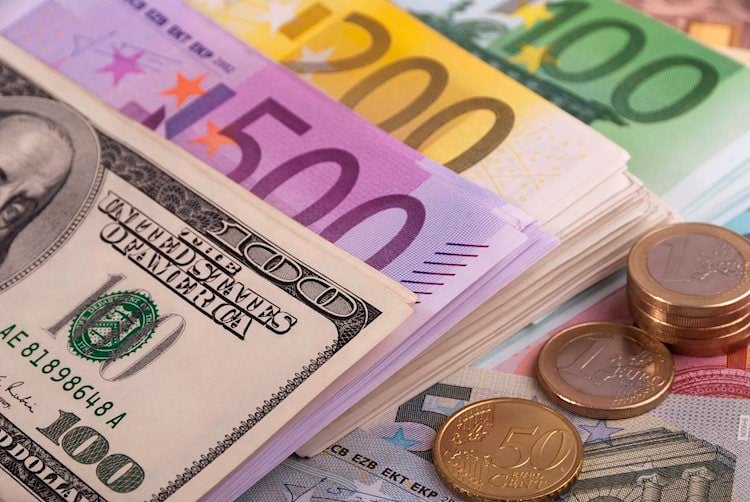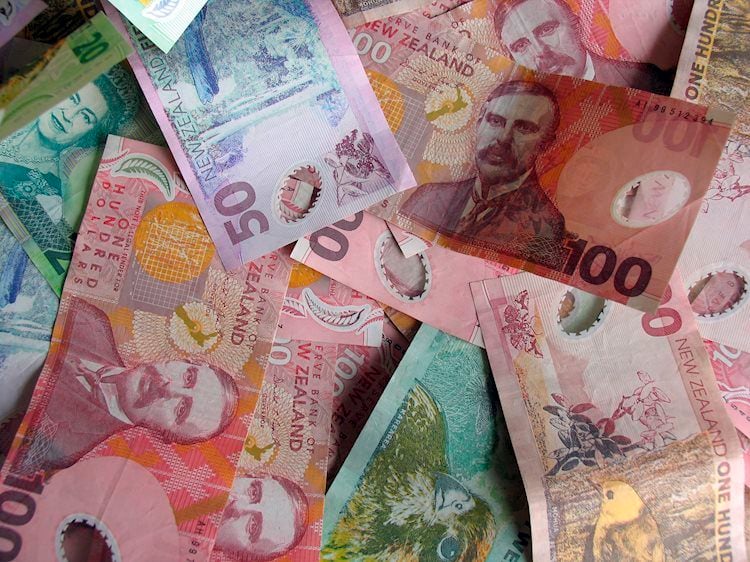S&P 500, Non-Farm Payrolls, Dollar, USDJPY, and AUDUSD Points to Consider: The start of the new month and quarter may have aided the S&P 500’s sixth consecutive gain and yet another record high. With NFPs on the horizon, the Dollar has found some minor support – possibly due to IMF and CBO estimates – but can breaks like AUDUSD and USDJPY continue to run? Conviction is being stifled by anticipation for payrolls, but what can this high-profile event risk drive when the market is bracing for a fast liquidity drain into the holiday weekend? Despite the Liquidity Wall, risk appetite continues to rise. The S&P 500 index may not move quickly, but it does so with amazing consistency. Despite the anticipation for the release of US payrolls on Friday and then a prolonged holiday weekend in the US – two massive distortions in an already deflated liquidity backdrop – US indices as a gauge of risk appetite have advanced. The SPX has now had six consecutive positive days, with each close setting a new high. This coincides with the longest bull run since August 28, 2020; however, it does so with the lowest 6-day volatility (ATR) record since the holiday trading of 2019 – and before that, the harsh conditions of the second half of 2017. We may eventually return to that parched market situation, but our fundamental backdrop is not nearly as optimistic as it was before the trade tensions jolted the market back to life. Last August’s rally ended in a significant fall, a move that could be unsettling in the current environment of high rate speculation and value-price divergence. I’m expecting low liquidity, but I’m also prepared for something unexpected. Chart of the S& It’s easy to mistake a specific risk metric, such as US indexes, for a broader picture of risk appetite. A broad examination across assets with a connection to sentiment but minimal correlation is, in my opinion, a more accurate reflection of sentiment. Global indices are uneven (the Australian ASX 200 has formed a head-and-shoulders pattern), junk bond ETFs have finally dipped, crude oil is approaching a multi-year high, and yen crosses have actually firmed. USDZAR is a standout outside of the traditional equity sector that I use as a ‘one look’ reference. This Dollar vs. South African Rand exchange rate is on the verge of a significant technical break. I believe it is as much a function of market depth as anything else, but a return to a bigger range is more practicable than trying to extend an already-record run. USDZAR 200-Day Moving Average Chart (Daily) Created using Tradingview Platform Fed rate expectations are sparked by new data, and the dollar rises as a result. While the momentum drift in US indices is common, the rise in the US Dollar over the last few months has been unprecedented. Nonetheless, by Thursday’s closing, the trade-weighted DXY Index has gained for the seventh consecutive session, the longest streak since February 2019. On a technical level, this does not take the Greenback into unfamiliar terrain, but it does put some crosses in an unpleasant make-or-break technical situation. I’m not convinced that this is a drift-style motion. The backdrop has gained some heaviness thanks to the fundamentals. The Congressional Budget Office (CBO) and the International Monetary Fund (IMF) both modified their estimates for the United States, which surprised me. Both have raised their GDP projections for 2021 to 7.4% and 7%, respectively. The IMF’s stated estimate that the Fed will begin tapering in the first half of 2022 and raise rates for the first time in late 2022 or early 2023 was the more stunning update for me. Even in comparison to the FOMC’s own updated predictions in its most recent Summary of Economic Projections, this is a hawkish stance (on June 16th). DXY Dollar Index Chart with 200DMA Overlayed with Fed Rate Hike Expectations Through 2022 (Daily) Chart Tradingview Platform was used to create this. The docket for the previous session was less apparent. On one hand, we had the initial jobless claims, which fell to 364,000 new filings, the lowest level since the pandemic. The ISM manufacturing survey, which came in lower than projected, was the more important report. The 60.6 figure could be seen as a continuation of the high economic pace, but it also represents a respite for the Fed from calls to act to prevent an overheated economy. Component figures, on the other hand, did not provide a particularly clear register for central bank decision-making. Although the employment component fell into negative territory (49.9), the prices paid inflation figure soared to 92.1, a series high dating back to 1979. Given the market’s speculative nature, this further adds to the need for more information in order to be convinced. Chart of the S&P 500 Index Overlayed with ISM US Manufacturing Activity (Monthly)Chart by John Kicklighter using ISM data With key breaks and NFPs on the horizon, how committed is the dollar advance? While a pair like EURUSD is not striving to gain traction on severe congestion-to-trend developments, there are other pairs that are. It’s possible that the market will discover that some metrics can defy the general convention of low volatility, but this is a highly unlikely situation. This is critical for my evaluation of what is achievable when assessing chart patterns that appear to be identical to those found in technical textbooks. The Australian dollar (AUDUSD) is a good example. A few weeks ago, it broke a head-and-shoulders neckline, and the 200-day moving average fell with it. The hold as new resistance at that former support has been sloppy, but it appears to be holding – especially with the projection lower we’ve seen over the past three-four trading days. This is a pair to watch attentively if the Dollar rallies after NFPs and maintains its enthusiasm into next week. Chart created on Tradingview Platform of the AUDUSD with 200-Day Moving Averages (Daily). Even if the Dollar manages to sustain a longer bullish run despite the current challenges, I am cautious about how productive the USDJPY can be with its own bullish break. We clearly broke through the previous swing high of 2021 in late March, but the 111.00 break throws up a thick sequence of additional technical hurdles overhead. With numerous former swing highs not far from our current spot rate, the pair has carved out a rather sizable wedge during the last five years. This may easily stymie a market that isn’t convinced of the Dollar’s strength. And, while a hawkish Fed rate outlook can provide a boost, I remain skeptical of the ‘risk on’ that the Yen pairings must at the very least not be a burden. USDJPY Chart with 20 and 200-Day Moving Averages (Daily)Chart created with Tradingview Platform Finally, my focus is on what will happen after the weekend – and especially after Monday, when liquidity will be constrained due to the lack of US exchanges. However, this week’s final major event risk has the potential to cause some late-week heat, which could even contribute to the overall trend when market depth fills back out next week. The June nonfarm payrolls (NFPs) are easily identifiable, and it is from this source that it derives its genuine market-moving power. The scale of full market movement will be determined by interpreting the information as a sign for Fed rate speculation. The ADP reading earlier this week exceeded forecasts, although the private payroll report has consistently overshot the government’s own data in the past two months (they shouldn’t match). Economists expect a 700 million job increase this month, but the possibility of a surprise quotient is strong. NFP Estimates and Actuals Chart with Difference ‘Surprise’ (Monthly)Chart created by John Kicklighter using ADP data./n
Read MoreAUDUSD and USDJPY Attempt Dollar-Favorable Breakouts Before NFPs
2021-07-02T01:30:00-04:00July 2nd, 2021|




